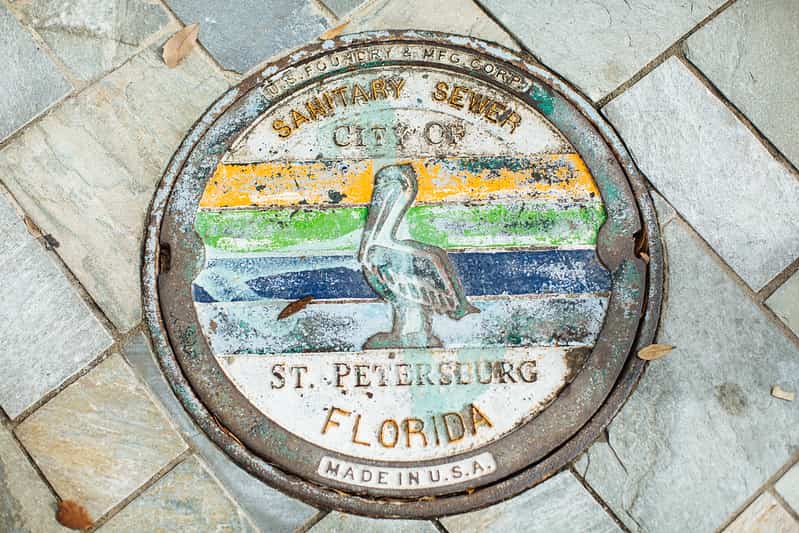Thrive
St. Petersburg utility rates going up, Duke electric rates going down

Water, stormwater and sanitation rates will increase in a range from $5.60 a month to $7.44 a month for typical customers in St. Petersburg beginning Oct. 1.
But starting in January, electric bills will drop by about $3.63 a month for the typical Duke Energy Florida customer.
The St. Petersburg City Council approved a series of utility rate hikes Thursday, the same day Duke unveiled a plan to cut Florida residential rates by 2.8 percent.
Here’s a closer look at how your monthly bills will be changing.
‘Race to the bottom’
The cost of each of the St. Petersburg utilities will go up by different amounts, beginning Oct. 1. The water rate will increase by 2.25 percent, with a 7.25 increase for wastewater and no increase for reclaimed water. Stormwater charges will increase by 10.07 percent and there will be a 3 percent increase for sanitation. The overal rate hike is about 5.25 percent, said Claude Tankersley, public works administrator.
The impact will vary depending on the amount of impervious surface on a customer’s property. Impervious surface includes roofing and driveways, or areas that don’t allow water to seep into the ground. The city has four rate tiers, based on impervious surface area. Click here to find out your home’s tier.

The rate hikes will pay for capital projects, including aging fleets and facilities, and come after years of the city holding its utility rate hikes artificially low, Tankersley said.
“We all want and need clean water and sanitation but we don’t like to pay for it. For many communities it was a point of pride to never raise utility rates, while the utilities fell apart due to neglect. Communities often competed with each other to race to the bottom to have those lowest rates around. This race to the bottom meant that our funding did not keep up with the natural cost of inflation,” Tankersley said. “All those years of artificially low utility rates have resulted in $1.4 billion in underinvestment of our utilities.”
The city originally planned for bigger increases, but spent six months looking for ways to keep rates as low as possible and even considered no rate increases at all. If rates held steady, the city would have to cut $10 million in utility expenses in fiscal year 2021, which could result in as many as 93 utility workers losing their jobs, Tankersley said. It also could lead to a reduction in services, risk an increase in system failures and put the city’s credit rating in jeopardy. There could be a potential violation of a consent order imposed after heavy rains in 2015 and 2016 led to unauthorized wastewater discharges, he said.
Related: Credit agencies speculate on what’s ahead for St. Pete water bills
There is a utility assistance program for customers struggling with their bills, funded by customer donations, as well as several grant programs, city officials said.
The rate hikes were approved on a six-to-two vote, with Council members Robert Blackmon and Brandi Gabbard voting against the increases.
New services and technology
Duke Energy Florida, which serves about 1.8 million customers in the state, including in St. Petersburg, said its planned rate reduction reflects an expected decrease in storm cost recovery and fuel charges. At the same time, the company said it would be making grid improvements to reduce the number and duration of outages.

Catherine Stempien, state president, Duke Energy Florida
“In 2021, Duke Energy Florida is bringing new services and technologies to our customers while lowering costs and keeping residential rates for electricity lower than the national average,” Catherine Stempien, Duke Energy Florida state president, said in a news release.
The typical residential customer using 1,000 kilowatt-hours will see a decrease of $3.63 or 2.8 percent in their monthly bill beginning January 2021. For commercial and industrial customers, the changes are more variable, ranging between a 6.6 percent decrease to a 1.1 increase.
The decrease will be partially offset when rates are adjusted to include the investments in two solar plants as they come online in early 2021, Duke said.
Duke also outlined steps it is taking to work with customers facing financial hardship because of the Covid-19 pandemic, including extended payment arrangements and help from community agencies.







